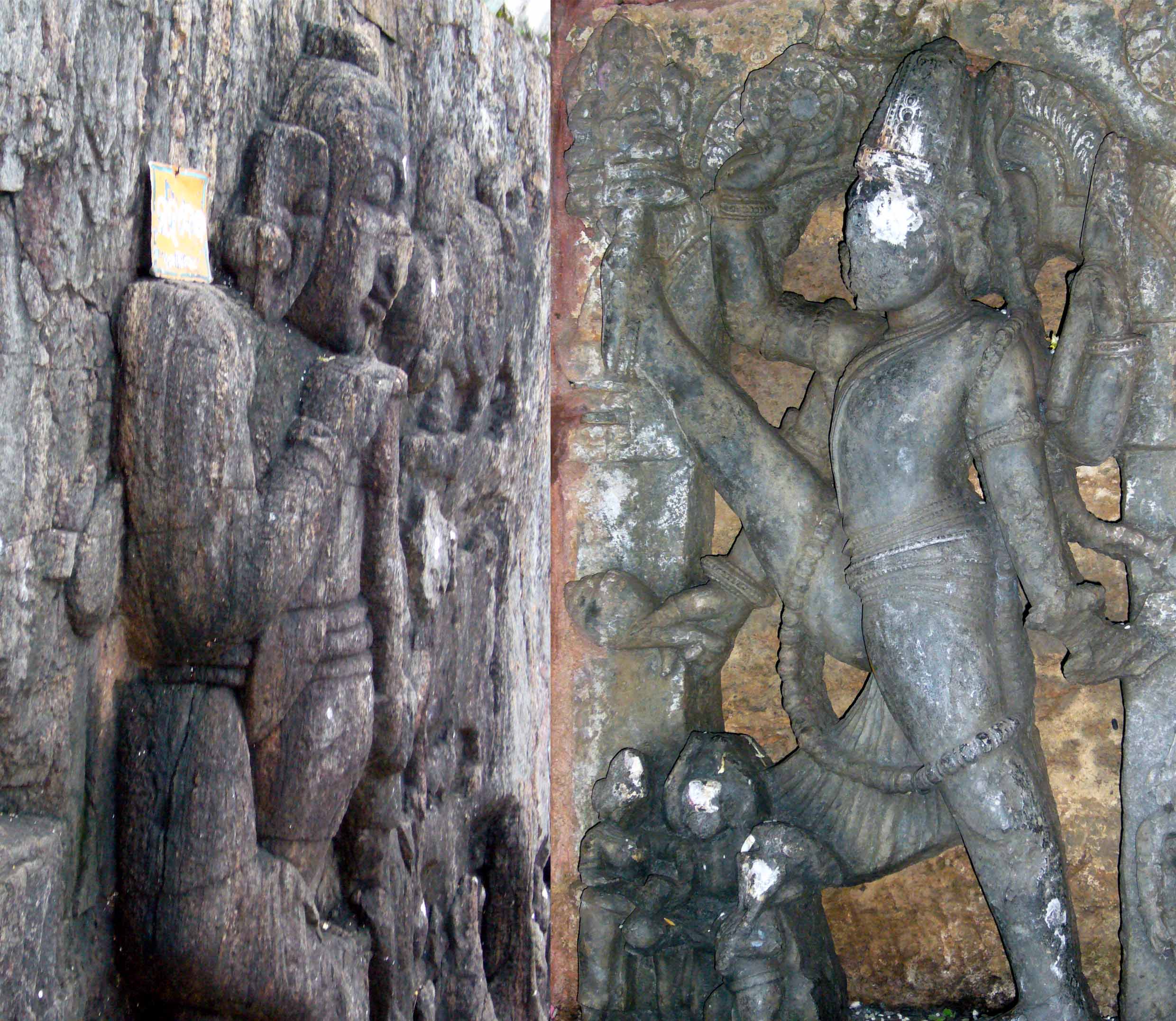According to the oral narrative, once upon a time Patna was a dependency of Borasambar. There was no chief and the council of eight Malliks (Asta-Malliks) ruled over Patna. It was a reign full of mishap and disturbances. What’s more, it was a seat of Tantrism and cruelest form of blood sacrifice i.e. human sacrifice was prevalent before its reigning goddess Pataneswari. Everyday a man was sacrificed to the deity. But it was practically difficult on the part of the Asta-Malliks to arrange a man daily for the deity. Consequently, a well thought out practice was made with the hidden intent of human sacrifice at the religious Pitha of Pataneswari.
As per the practice, these eight Malliks were electing a chief each day from the common mass and taking him to the temple of Pataneswari so that he could seek her blessings before ascending the throne. In fact, they had clear objective of letting the man to be the sacrificial article of the deity. They asked the so called newly elected or selected leader to pay obeisance to the deity. No sooner had he prostrated himself then he was beheaded by these Malliks and sacrificed before the deity. After that, the Asta-malliks pretended that the deity considered him unfit to sit on the throne and for that reason devoured him. As a result of this practice, day by day a man was elected chief and subsequently sacrificed pitilessly.
This narrative intends to transmit certain historical information in a distorted and hazy form that Patna (Patnagarh) was a seat of Tantrism where human sacrifice was once established. In this context, it may be said that there is satisfactory sign to demonstrate and consider that Patna was a seat of Tantrism that led to the institution of a Tantrik Pitha (site) at Patna. It may be noted here that still a few years ago Patna was widely known as Kuanri-Patna or Kaunri-Patna which means the seat of maidens who lived in this township for some period of time and accomplished esoteric rites.
Most probably, these Tantrik maidens were non-Brahmins by caste or they were popularly acknowledged by their assumed non-Brahmin names like Gangi Gauduni, Sua-Teluni, Jnanadei-Maluni, Nitei-Dhobani, Luhukuti-Luhurani, Sukuti-Chamaruni and Patrapindhi-Saharuni. This suggests us to believe that they were very admired and worshipped mostly amongst non-Brahmin and tribal sections of the west Orissan society. There are popular tales and traditions in west Orissa depicting the occult practices and Tantrik activities of these seven maidens, at times branded as Sat-Bahen (seven sisters). They appear to be the supporters and followers of Lakshminkara who has propounded the Sahajayana Buddhism in west Orissa in the ninth century A.D.
Apparently, Vaijala Dev-II (1520-1540 A.D.) of Chauhan dynasty was also a worshipper of Hari-Hara and his Guru was well versed in Logic and Tantra. As late as the sixteenth century, Patna Rajya was known as Kaunri-Patna after the name of the headquarters town of that name as known from the Nirguna Mahatmya of the poet Chaitanya Das (Senapati and Sahu, 1968:50-51,489; Senapati and Mahanti, 1971:49,531; Panda, 1992).
The oral narrative further reveals that there was a Brahmin in Patna. On one occasion, on his visit to Borasambar he learnt that the Binjhal chief of Borasambar had given shelter to a Chauhan princess and her son. On his request, the Borasambar chief allowed him to take the mother Asavati and her son Ramai Dev to Patnagarh and to keep in his house. After sometime, the Brahmin was elected by the Asta-Malliks to be the chief of Patna. Being afraid of the inevitable consequence of death he sent Ramai Dev to represent him for this purpose.
Chitrasen Pasayat is an OAS and comments on culture



